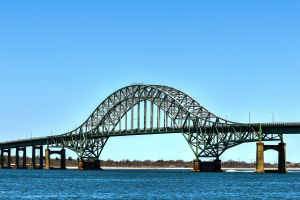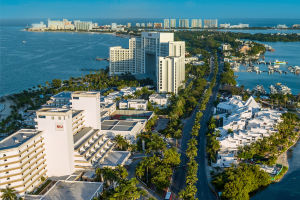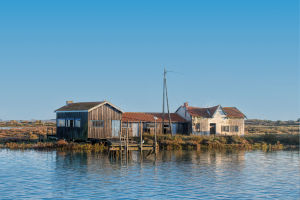One of the most scenic spots on the South Coast of NSW, Australia, the Sea Cliff Bridge is a breathtaking highlight of the famous Grand Pacific Drive.
This iconic Illawarra tourist attraction is a must-see for anyone exploring the area.
Stretching for half a kilometre, the bridge gracefully hugs sandstone cliffs while offering spectacular views of the ocean below.
How to Get to the Sea Cliff Bridge from Sydney
Driving Options:
From Sydney, you can take two routes:
Direct Route: Follow the M1 and turn off at Helensburgh. Then, follow the signs to Stanwell Park and continue along Lawrence Hargrave Drive to the bridge.
Scenic Route: Turn off the Princes Highway into the Royal National Park at Loftus to experience the Grand Pacific Drive. Note that this road may be closed during rainy weather due to flooding at Audley Weir.
Best Stops Along the Way:
Bald Hill Lookout: Offering panoramic views of the coastline, this spot also has bathrooms, takeaway options, and an ice cream van. Watch hang gliders take flight on windy days.
Parking: The best parking is at the south end of the bridge. Alternatively, use the pull-in parking at Clifton or park at Rube Hargrave Park, near the Clifton School of Arts.
How to Get to the Sea Cliff Bridge from Wollongong
Driving Directions:
Dear Lykkers, travel north from Wollongong along Memorial Drive to Bulli, then turn onto Lawrence Hargrave Drive. Pass through charming coastal villages and beaches until you reach Clifton. Be prepared for traffic on sunny weekends.
Parking Options:
Northbound Traffic: Park at Rube Hargrave Park near Clifton.
Southbound Traffic: Use the larger car park at Coalcliff by turning right onto Bombora Way.
Public Transport to the Sea Cliff Bridge
Train:
From Sydney: Take the South Coast Line from Central Station to Coalcliff Station. The journey takes approximately 1.5 hours. From the station, it’s a 15-minute walk down a steep footpath to the bridge.
From Wollongong: The trip takes about 40 minutes on the South Coast Line.
Bus:
The Premier Illawarra Bus #2 operates Monday to Saturday between Stanwell Park and Wollongong. Note that it does not run on public holidays.
Insider’s Guide to the ‘Secret’ Lookout
Safety First:
The unofficial lookout near the Sea Cliff Bridge is a popular yet risky destination. The area is unstable due to erosion, and accidents have occurred. Warning signs are posted, and fines apply for unauthorized access.
Trail Entrance:
From the Clifton side of the bridge, locate the small clearing next to the “Sea Cliff Bridge” sign. The trail is steep and slippery, requiring proper footwear. Yellow guide paint and a hose rope are in place to assist climbers. Exercise extreme caution, especially after rain.
Walking the Sea Cliff Bridge
Duration:
Walking the bridge takes approximately 15 minutes from end to end. The-slope is gentle, making it an enjoyable experience for most visitors.
Best Times to Visit:
Morning (8–9 AM): The rising sun sparkles on the water, and the area is less crowded.
Sunset: The sky transforms into pastel hues, and the moonrise adds a magical touch.
Wildlife Spotting:
Look out for White-bellied Sea Eagles soaring near the cliffs.
During whale migration seasons (May–August and August–November), the bridge is a prime spot to observe Humpback whales and dolphins.
Dining Near the Sea Cliff Bridge
Top Recommendations:
The Imperial at Clifton and The Scarborough Hotel: Both offer incredible ocean views and upscale benefits.
Earth Walker & Co. Cafe at Coledale: A great choice for vegetarian options.
The Bowlo (Scarborough and Wombarra Bowling Club): Known for its authentic Thai menu, welcoming vibes, and affordable drinks.
Picnic Option:
Bald Hill Lookout provides a perfect spot to enjoy a picnic while soaking in the views.
The Sea Cliff Bridge is a perfect blend of natural beauty, architectural marvel, and accessibility. Whether you drive, walk, or enjoy the views from a lookout, this destination offers unforgettable experiences.
Respect and gratitude are extended to the traditional custodians of this land, the Wodi Wodi people of the Dharawal nation.


